The United States stamp Scott #15 is a 10-cent denomination featuring George Washington, issued in the mid-19th century. This stamp is integral to the narrative of American philately, embodying both historical significance and design intricacies.
Design & Print
Scott #15 is classified as a Type III design, originating exclusively from plate #1. This plate is characterized by the outer lines being broken above the top label and the “X” numerals, the bottom frame line is broken and the shells are partially cut away (similar to Type II), and with complete pearls at the right and left edges.
The design of Scott #15 is detailed and ornate, featuring a portrait of Washington after the painting by Stuart. Washington is depicted in three-quarters face, looking to the left, set against an oval disk with a very dark ground. The border is white below and slightly shaded above, encircling thirteen white stars on a dark ground.
The upper portion of the medallion displays the words “U.S. Postage” in small solid capitals, flanked by circular spaces containing the Roman numeral “X”. Below the medallion, the words “ten cents” appear in large white capitals on a waved panel. The entire design is surrounded by shaded scroll-work of a highly ornate character. The stamp’s color is a dark green, with shades varying from light green to dark green, the darker hues being more desirable.
Postal Usage
The 10-cent rate of Scott #15 was significant for its time, used primarily for coast-to-coast mail within the United States and for foreign mail. This usage became more prevalent after the postal rate for coast-to-coast mail was raised from 6 cents to 10 cents in 1855. The stamp, due to its denomination, was a common feature in the postal system for letters over half an ounce and those traveling distances greater than 3,000 miles.
Identification
In terms of printing, the 10-cent value of Scott #15 was produced with wider spaces between the stamps compared to the 1-cent, 3-cent, and 5-cent values. This characteristic meant that copies with less than four margins are generally considered less valuable and are often sold at a discount. The identification of Scott #15 involves careful scrutiny of the design elements specific to the Type III design.
This particular plate position exhibits distinctive features such as interrupted outer lines above the upper label and around the “X” numerals. Additionally, the lower frame line shows a discontinuity, and the shells exhibit a partial cut-away design, akin to that seen in Type II. Furthermore, this plate is notable for having intact pearls at both its right and left edges.
Scott #15 is a notable stamp in the annals of U.S. postal history, marked by its specific design features, varied shades of green, and significant postal usage. Its distinction within the series, characterized by the Type III design and plate-specific features, is crucial for its accurate identification and appreciation within the broader context of American philately.

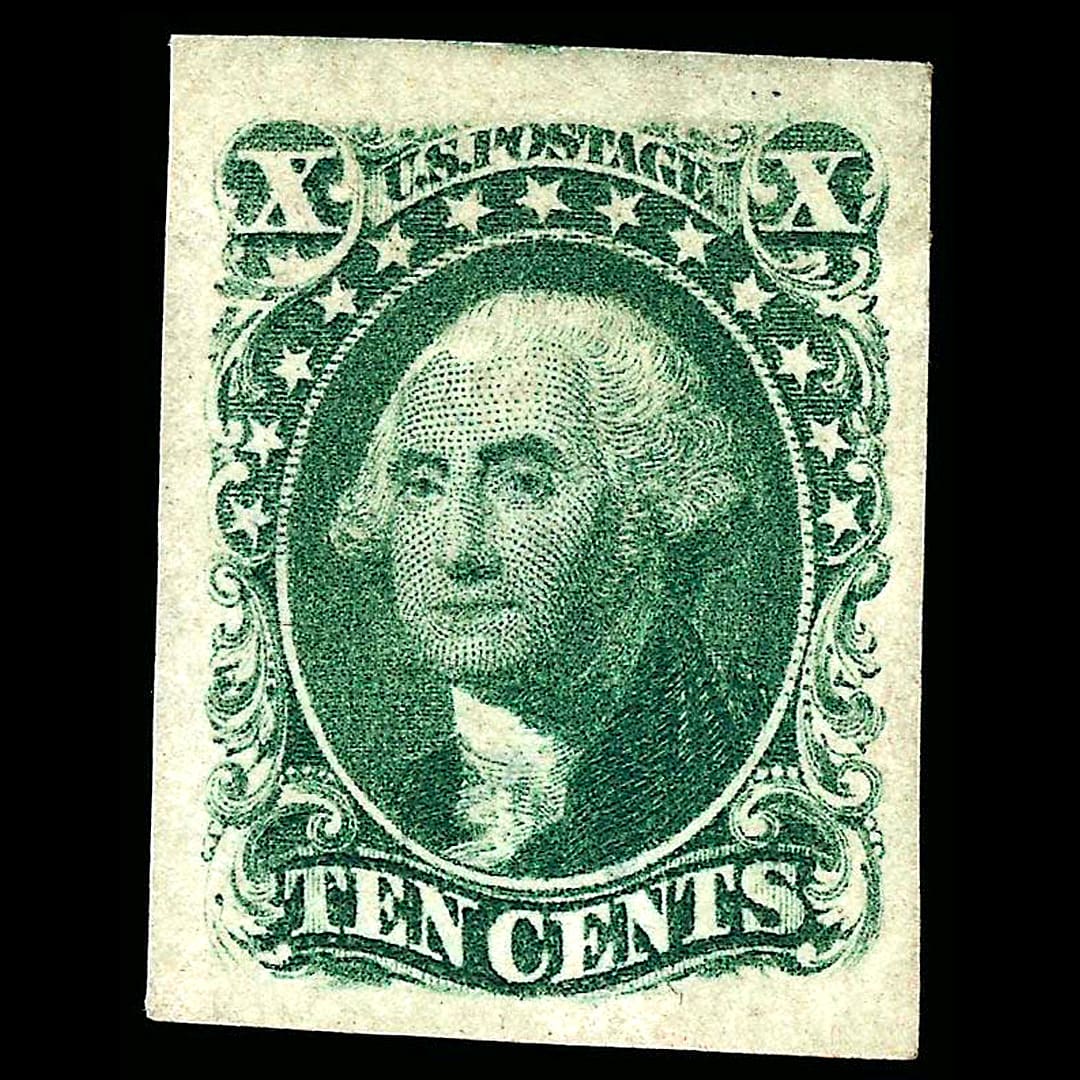

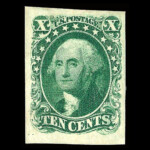
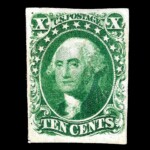

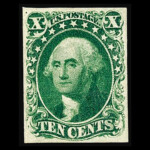
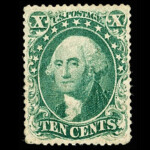

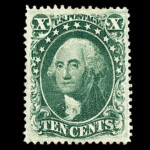
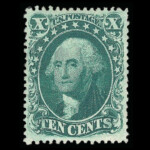
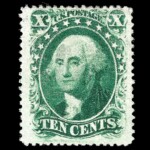
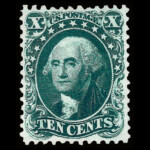
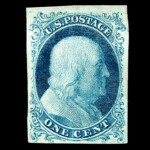
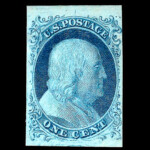
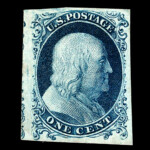
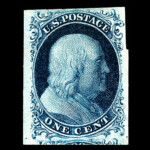
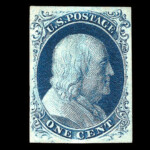
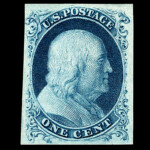
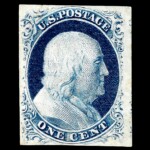

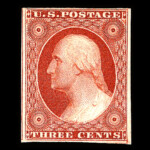
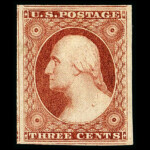
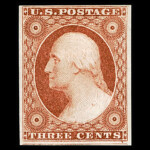
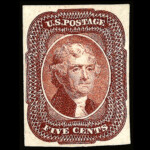
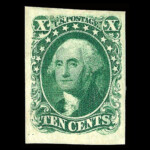
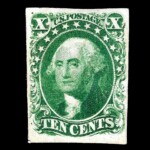
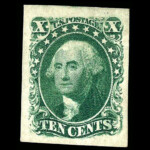
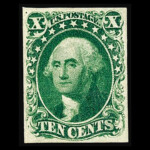
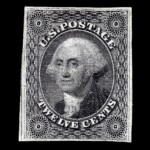









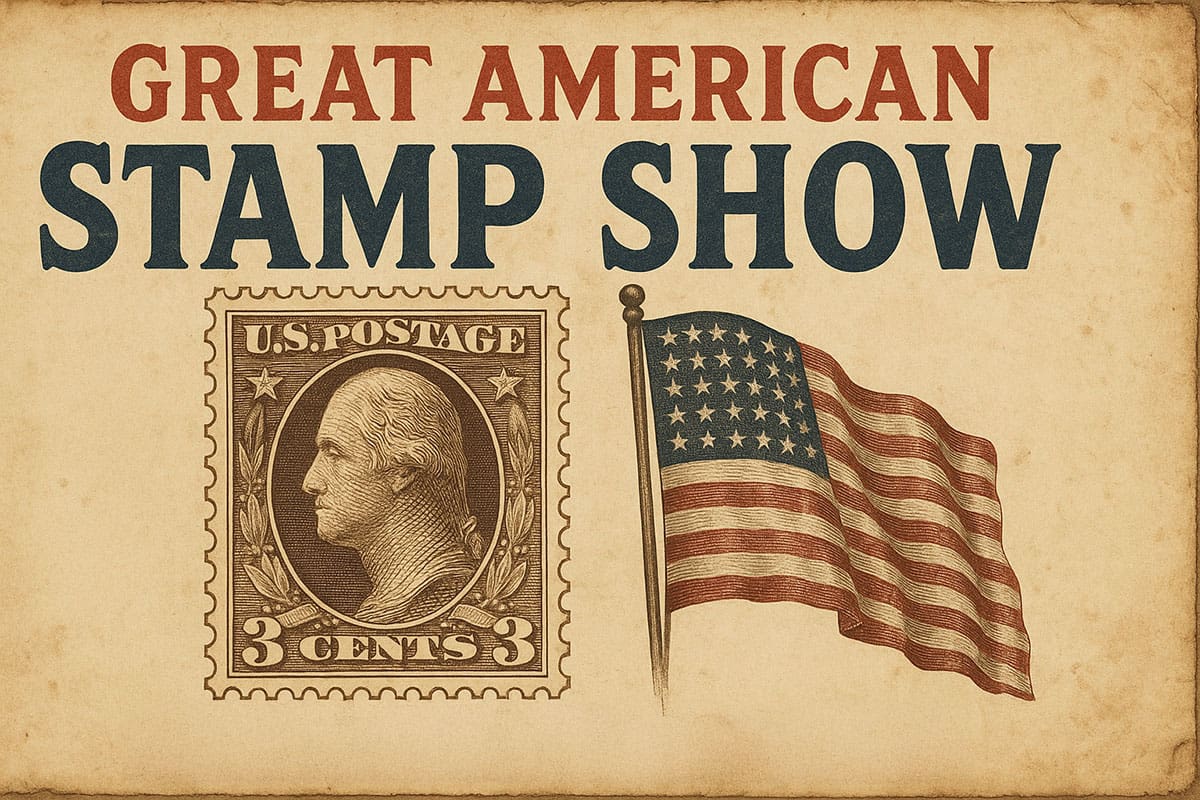


Ask A Question Or Leave A Comment